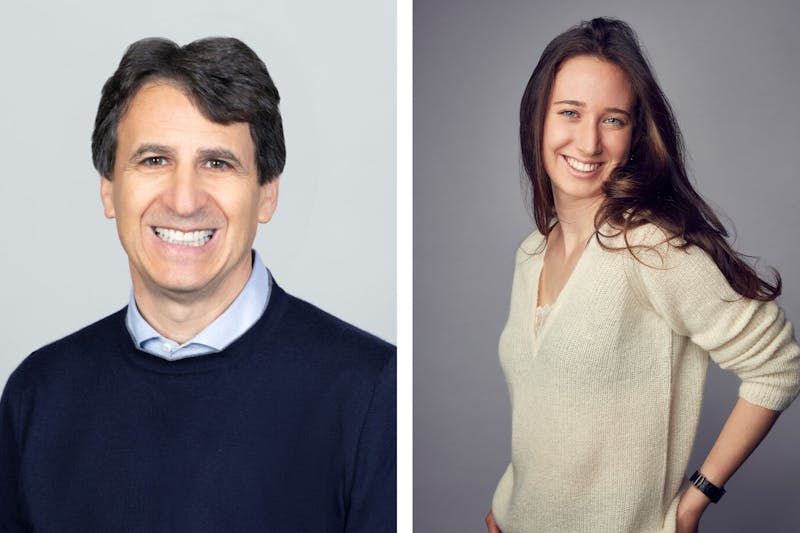A little over a month after the 10th anniversary of the Sept. 11 terrorist attacks, the Penn Cultural Heritage Center invited the Penn community to examine how memory and history are created.
Mark Schaming, the director of exhibitions at the New York State Museum, presented a lecture in the Penn Museum of Archaeology and Anthropology Wednesday evening titled, “Museums after 9/11: From the Sacred to the Historical.”
Rich Leventhal, director of the Penn Cultural Heritage Center, introduced the speaker by describing the center’s mission — “to think about what cultural heritage is, the nature of heritage and how objects and locations become sacred in our vision of the world.”
These words were certainly applicable to Schaming’s presentation, which described the initial emotional and cultural obstacles that confronted him when approaching the question of “preserving this kind of history while the ground is still burning.” He described how in the early days after the terrorist attacks, “many thought we should do nothing” and how, against typical museum protocol, “we decided if it was recognizable, we would collect it now and research it later.”
The majority of the presentation was spent describing his experiences in the Fresh Kills Lanfill in Staten Island, where much of the material from ground zero was transported soon after the attacks so that the evidence response teams could search for human remains, personal property and evidence of hijackers. The area was so saturated with human remains that when corpse-detecting dogs were released in the area, they would not stop wailing.
Schaming also addressed the line drawn between museums and memorials and what side of that line objects from 9/11 lie on in the American psyche. As Schaming and his team started to preserve more personal objects, a man working in the landfill remarked, “what started as a crime scene really became a humanitarian mission.”
Schaming described the visitors to the first few exhibitions of remains from 9/11 as completely silent, some lost in introspection, while others expressed their emotions through tears. He also said, however, that there is “a different visitor reaction now than from 2001-2005.” More specifically, as time has passed, visitors have found it easier to view the artifacts from 9/11 with a little more detachment and, as is the case with a much younger generation, with a natural curiosity. Schaming was surprised by the atmosphere of the 10th anniversary of 9/11 though, as he said “in a lot of ways it felt like 2001 to me again” and that he “didn’t expect the sensation of being there again.”
Schaming’s presentation stirred up different emotions among the crowd of about 30. Whit Schroder, who recently applied to Penn’s Anthropology graduate program, said, “It was very informative … I’m glad that people down the line will be able to connect with these objects that are being preserved.”
The Daily Pennsylvanian is an independent, student-run newspaper. Please consider making a donation to support the coverage that shapes the University. Your generosity ensures a future of strong journalism at Penn.
DonatePlease note All comments are eligible for publication in The Daily Pennsylvanian.







